Overview
“War is a harsh teacher,” Thucydides warned in ancient times. History has repeatedly borne out the truth of his dictum, and the war in Ukraine is no exception. The ongoing conflict ought to serve as a “wake-up call” for the United States: Despite Moscow’s numerical and fires advantage, Kyiv has proven a formidable opponent by combining old and new tactics and technologies, marking a crossroads for the future of airpower.
“Everyone is learning from the current events in Ukraine,” the chief of staff of the US Air Force, General Charles Q. Brown, Jr., acknowledged, but identifying the correct lessons from the war is no easy task. This task is further complicated by Russia’s failed air campaign, which provides a convenient rationalization for avoiding unpleasant truths. In 1914, the great powers went to war expecting it would be short and decisive, with their militaries extolling the advantages of offense in warfare. But nothing turned out as expected. The horrors of machine guns, massive artillery barrages, and static trench warfare awaited them. European armies had missed the warning signs from the American Civil War, the Boer War, and the Russo-Japanese War. We should not repeat this tragedy today.
Instead, the United States and other allied air forces ought to ask the tough questions: Does the war in Ukraine challenge existing assumptions about the future of war? And how might the United States and its allies need to rethink and adjust existing doctrine, operational concepts, and procurement priorities? These are high-stakes questions, the answers to which determine whether air forces anticipate change or get taken by surprise in tomorrow’s wars.
In the Atlantic Council’s Airpower After Ukraine: The Future of Air Warfare essay series, airpower experts and practitioners take up this challenge. Given the war is ongoing, and publicly available information remains limited and incomplete, the authors approached the task with suitable humility and caution. Senior leaders ought to relentlessly examine and reexamine lessons from the war in Ukraine in the years ahead.
This series draws preliminary lessons from the air war in Ukraine, with particular attention to the implications of technological trends and emerging concepts for air control, supporting fires, intelligence sharing, space operations, electronic warfare, and cybersecurity. Five overarching themes emerge about the future of air warfare.
Theme 1: The democratization of airpower
The democratization of airpower has the potential to rapidly erode longstanding US military advantages but reversing these trends will be nigh impossible in an era of commercial and dual-use innovations.
The war in Ukraine points to the widespread diffusion of air and space capabilities to small and medium powers. Whereas in the past only major powers had the financial, organizational, technological, and scientific resources to employ the full range of air and space capabilities, today’s declining costs and the global spread of advanced capabilities, as well as many dual-use innovations, have dramatically lowered the barriers to entry into the air and space domains. Our authors, including David Burbach, marvel at how Ukraine—a country without any national space capabilities, much less a space force—has still managed to exploit the space domain in combat operations via third-party commercial assets. Similarly, Maximilian Bremer and Kelly Grieco, Zachary Kallenborn, Julia Siegel, and Aaron Stein all point to the central role of commercial and dual-use capabilities in empowering Ukraine to contest and exploit the air and space domains against Russian forces.
Though the United States has long prized its expensive and exquisite military capabilities, less “advanced” technologies—those that are relatively inexpensive and readily accessible—may well matter more to the future of air and space warfare. Stein argues the Turkish-made Bayraktar TB2 drone may be relatively cheap, but it is still “good enough” to fulfill mission roles and easier to replace because of low costs and dual-use parts. Similarly, Kallenborn, Robin Kemp, Michael Kreuzer, and Tyson Wetzel all emphasize the accelerating diffusion of critical airpower enablers, from the availability of open-source intelligence to the use of small commercial drones in tactical intelligence, surveillance, and reconnaissance and attack roles.
This accelerating diffusion of air and space capabilities suggests the US ability to project power at relatively low cost and risk is in peril of quickly ending. These trends also point to more robotic and autonomous air and space forces, a theme Peter Wilson and Samuel Bendett explore in their respective essays. But it is not all bad news. Russia and China face these same challenges, and, as Bremer and Grieco argue, the United States and its allies and partners ought to exploit these developments by adopting strategies of air denial to deter and defend against possible future Russian or Chinese aggression.
Theme 2: The return of mass to air and space operations
The return of mass to air and space operations negates the continued viability of using precision to offset an adversary’s superior numbers.
The war in Ukraine heralds the return of mass to air and space operations, after many decades of the United States and Western air forces substituting stealth aircraft, information advantages, and precision weapons for superior numbers—what former Deputy Secretary of Defense Robert Work famously called an “offset” strategy. But the relationship between quantity and quality is now moving in the opposite direction. Both Burbach and Siegel see a role for mass in space, in which mega satellite constellations improve resiliency against anti-satellite weapons, while Bremer and Grieco, Kallenborn, and Wilson all point to the operational value of cheap attritable mass in the air domain.
Placing these developments in historical context, Conrad Crane warns, “contests for command of the air can be costly, often resulting in a high number of aircraft losses.” Like Bremer and Grieco, and Wilson, he underscores that the mass diffusion of anti-aircraft weapons has resulted in the mutual denial of air superiority over Ukrainian battlefields, and, in turn, imposed high rates of attrition against ground and air forces—attrition rates that the United States and its allies and partners ought to expect in future wars and require looking hard at regeneration and replacement capacities. In answer, at least partially, Kallenborn points to a new levée en masse, in which Ukraine’s use of social media to set up global drone donation drives and encourage its civilians to join drone units opens new possibilities for generating and sustaining mass in protracted wars of attrition.
Are expensive and exquisite manned aircraft now relics of the past? The series authors offer a wide range of answers. At one end of the spectrum, Wilson foresees long-range ground-based missile systems taking over the close air support mission from combat aircraft, what amounts to a diminished operational role for the air force in future wars. At the other end, David Pappalardo makes the case that high-end fighters and bombers, operating alongside larger numbers of less exquisite and cheaper unmanned systems, can still have an important role in future air wars. Where the authors can agree, however, is that US and allied air and space forces need to urgently find a new balance between qualitative edge and quantitative depth.
Theme 3: The power of international and cross-sector partnerships
Robust international and cross-sector partnerships offer a comparative military advantage.
The war in Ukraine demonstrates the growing importance of what one of our authors, Sean Atkins, terms a “web of partnerships”—commercial actors operating on the frontlines, coupled with international coalition backing (in this case, sizable Western security assistance). Ukraine’s ability to amass public- and private-sector support worldwide has been a critical “force multiplier” in countering Russia’s relative military advantages in air and space capabilities. Atkins argues Ukraine’s private-public partnerships have been a source of military advantage in cyberspace, analyzing how Kyiv relies on public and private entities to help identify and thwart Russian attacks. In the space domain, both Burbach and Siegel highlight the critical role played by commercial space satellites. Burbach, observing access to satellite service matters more than ownership of the satellite itself, argues a vast network of commercial space suppliers could even be a source of military advantage. Put simply, such public-private partnerships are likely to become more rather than less important in this era of scalable dual-use technologies and capabilities.
The United States is well-placed to exploit these trends, given its extensive global network of allies and partners, as well as its large and dynamic commercial cybersecurity and aerospace innovation ecosystem. But it will require reducing existing barriers to working closely with allies and partners, private industry, and other commercial actors. Critically, the United States and its allies and partners ought to take stock of existing public-private partnerships and carefully evaluate whether they are sufficiently durable (and flexible) to meet potential wartime demands. At the same time, Washington will want to avoid adopting its own version of China’s military-civil fusion strategy, which suffers from the many weaknesses and inherent liabilities of any state-driven approach.
Theme 4: The advantages in fighting across seen and unseen battlefields
The ability to combine the effects across seen and unseen battlefields will offer operational and tactical advantages in future air and space operations.
While social media videos show physical destruction and rubble from Russian missile strikes on Ukrainian cities and towns, alongside footage of Ukrainian drones attacking Russian forces, other unseen battles are being fought in this war. This “unseen battlefield” of cyberattacks, information operations, and electronic warfare creates what Pappalardo calls “Diagoras’s problem,” meaning what is invisible to the observer can still be highly consequential. For example, jamming, cyberattacks, and electronic warfare, as Kallenborn notes, can be effective but less visible methods for disrupting air operations. Kreuzer concludes one consequence of these developments is an accelerating hider-finder competition in the air domain.
Moreover, the war in Ukraine demonstrates that the ability of actors to combine effects across seen and unseen battlefields is a source of operational and tactical advantages in air and space operations. Layering the effects of cyberattacks, electronic jamming, air defenses, drones, and missiles, Grieco and Bremer argue that Ukraine has employed defense in vertical depth to military advantage, effectively denying air superiority to Russia over most of Ukraine.
Russia’s failures to combine capabilities and generate kinetic and non-kinetic effects across the physical and virtual battlefield is a warning to all militaries: Combined arms is indeed still the future of war, but those combinations are growing increasingly more complex, from traditional fires and maneuver to the simultaneous generation of seen and unseen effects across domains. Put differently, Russia’s failure to successfully exploit the seen and unseen battlefields in a simultaneous manner ought to serve as a caution about the sheer complexity of the future operating environment and the challenges inherent to mastering all-domain operations.
Theme 5: The challenge of operating in a trans-domain environment
Technological advancements are rapidly blurring domain boundaries, and existing doctrine is insufficient to meet the challenge of operating in this trans-domain environment.
It is a tried-and-true battlefield strategy to exploit the seam between an adversary’s forces—whether individual units or services—to military advantage. Traditionally, air forces and armies have specialized in achieving dominance in their primary domains—armies to occupy and control territory through land actions, and air forces to gain air superiority through offensive air operations. As technological advancements expand armies’ and air forces’ respective reach into the other’s primary domain, the boundaries between the air and land domains are increasingly blurred. Wilson points to the increasing robotization of deep-strike systems, including ground-based precision-guided cruise missiles and a new generation of artillery systems that extend further into the air domain. At the same time, Bremer and Grieco argue gaining air superiority increasingly requires addressing threats to control from drones and missiles operating below the altitudes of conventional air superiority, what they term the “air littoral.” The age of autonomy will further erase the lines dividing domains: Autonomous ground, aerial, and maritime vehicles will communicate with one another in what Bendett terms as a “networked environment.”
This trans-domain operational environment is likely to resurrect past US Army-Air Force disputes about service roles and missions. Kreuzer explores the doctrinal implications of these developments for the fire support coordination line—the planning line for currently dividing the air and land domains. He argues the trans-domain environment requires a new force-employment model for the deep fight, one that will better close the seam between air and land operations. Despite the United States’ enduring focus on new technologies, the development of new Joint Doctrine should be a top priority moving forward.
Taking the lessons forward
Several key recommendations can be taken from this series:
- Recognize that systemic trends—the global diffusion of air and space capabilities, particularly dual-use capabilities—make US power projection more costly and risky than in the age of primacy.
- Accelerate the shift from a smaller number of exquisite and expensive capabilities to large numbers of small and cheap systems.
- Rethink the traditional paradigm for air superiority and prioritize exploiting the advantages of air denial.
- Prioritize building integrated partnerships with commercial actors and private industry as critical force enablers.
- Adapt air and space operations for the information age, minimizing risk while identifying new ways to exploit open-source intelligence and social media platforms.
- Apply lessons from Ukraine to the China challenge—but beware of contextual fallacies.
The character of modern air and space wars is rapidly changing, and the United States and allied air and space forces must necessarily adapt their force structures, acquisition priorities, and doctrine to prepare for tomorrow’s wars. Charged with preparing for an uncertain future, US and allied leaders should relentlessly examine and reexamine lessons from the current war—or else the United States risks being bested by competitors like China, which are carefully watching Ukraine and learning from Russia’s military successes and missteps. US and allied military strategists and planners will want to discern the overarching trends in air and space operations from contextual idiosyncrasies—including distinctions between Chinese and Russian geographies, military capabilities, doctrines, and strategic interests. Starting with the preliminary lessons offered in this series, the Russia-Ukraine war ought to serve as a foundation for adapting traditional air and space power paradigms for the twenty-first century battlefield. To prevail in tomorrow’s wars, air and space forces must first master the lessons taught today.
***
Overview by Kelly A. Grieco, a resident senior fellow with the New American Engagement Initiative and Julia Siegel, an assistant director in the Forward Defense practice of the Atlantic Council’s Scowcroft Center for Strategy and Security.
Essays
Watch the launch event

Forward Defense, housed within the Scowcroft Center for Strategy and Security, generates ideas and connects stakeholders in the defense ecosystem to promote an enduring military advantage for the United States, its allies, and partners. Our work identifies the defense strategies, capabilities, and resources the United States needs to deter and, if necessary, prevail in future conflict.















Join the conversation on Twitter with @AtlanticCouncil and @ACScowcroft using #ForwardDefense